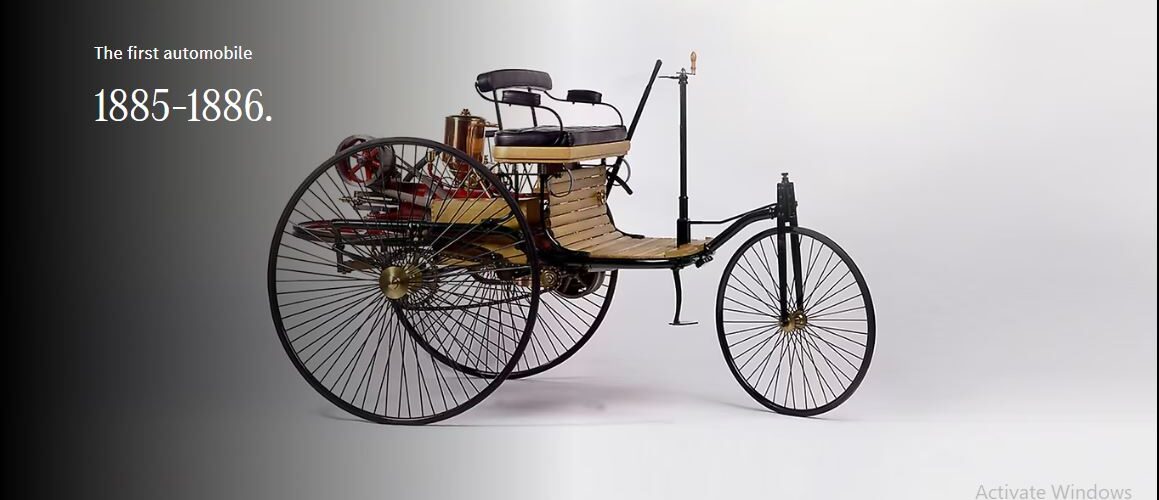The First Automobile of The World

The invention of the automobile is credited to Karl Benz, a German engineer. The first true automobile he designed and built was the Benz Patent-Motorwagen, considered the world’s first true automobile. Karl Benz completed the development of this vehicle in 1885-1886, and it is widely regarded as the first gasoline-powered automobile.
Key features of the Benz Patent-Motorwagen include:
Internal Combustion Engine: The vehicle was powered by an internal combustion engine fueled by gasoline. This engine design is a fundamental element of modern automobiles.
Three-Wheeled Design:
The Patent-Motorwagen had a three-wheeled configuration, with a single front wheel for steering and two rear wheels.
Single-Cylinder Engine:
It featured a single-cylinder four-stroke engine.
Forward-Facing Bench Seat:
The vehicle had a forward-facing bench seat, accommodating two passengers.
Karl Benz received a patent for his Motorwagen in 1886, and he is often regarded as the inventor of the automobile. The Benz Patent-Motorwagen is considered the precursor to modern cars, and its invention marked a significant milestone in the history of transportation. The first practical, mass-produced automobiles would follow in the subsequent decades, leading to the automotive industry we know today.








